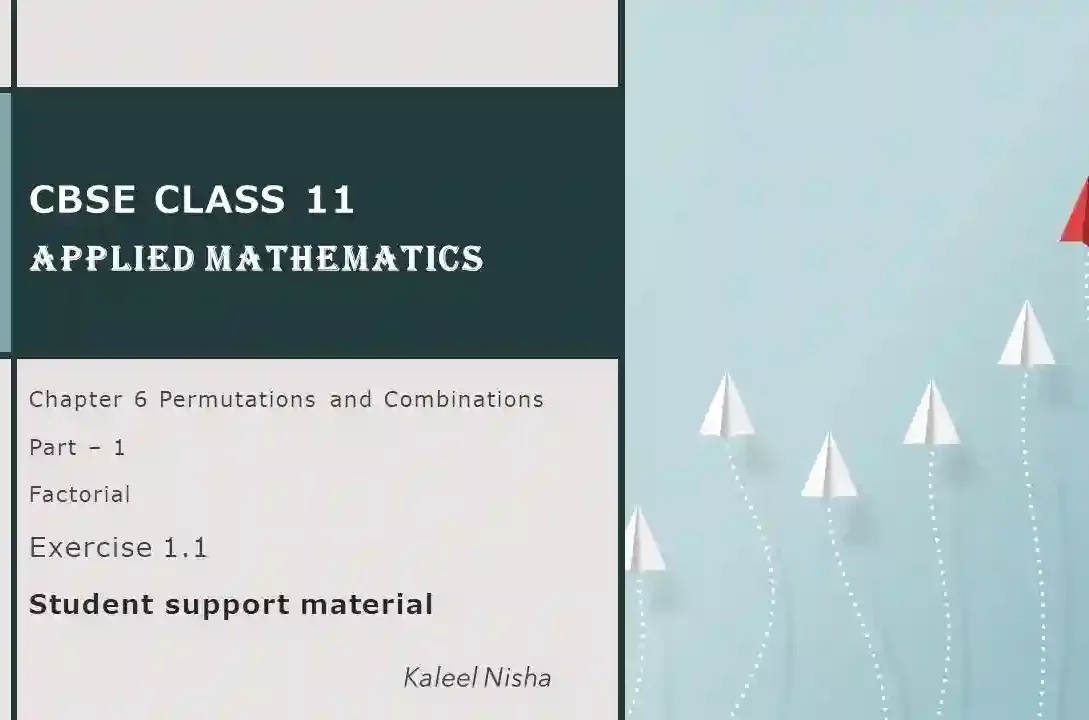In the dynamic world of mathematics, where time is often a critical factor, mastering the art of equation efficiency becomes paramount. As students, professionals, and enthusiasts grapple with mathematical challenges, the ability to swiftly and accurately resolve equations is a valuable skill. This article delves into the techniques for equation efficiency, offering insights and strategies to streamline problem resolution without compromising accuracy.
1. The Significance of Equation Efficiency:
Equations are the backbone of mathematical problem-solving, representing relationships between variables and providing a structured framework for analysis. Equation efficiency, therefore, refers to the ability to navigate through these mathematical expressions with speed and precision. In various academic and professional scenarios, efficiency becomes crucial, enabling individuals to tackle complex problems within limited time constraints.
2. Features of Equation Efficiency: Navigating Swiftly and Accurately:
Equation efficiency is characterized by a set of features that facilitate swift and accurate problem resolution. These features include a deep understanding of mathematical principles, strategic approaches to equation-solving, and leveraging technology to enhance speed without compromising on precision.
3. Understanding the Equation Landscape: The Foundation for Efficiency:
Efficiency in solving equations begins with a thorough understanding of the equation landscape. Whether linear, quadratic, exponential, or beyond, each type of equation comes with its own set of characteristics and solution methods. Equation efficiency hinges on recognizing these patterns and tailoring problem-solving strategies accordingly.
4. Strategic Approaches: A Roadmap to Swift Solutions:
Equation efficiency involves adopting strategic approaches tailored to the nature of the problem. For linear equations, direct substitution or elimination may be efficient, while quadratic equations may benefit from factoring or the quadratic formula. Strategic planning ensures that each step in the solution process contributes to the overall efficiency of problem resolution.
5. Technology Integration: Harnessing Tools for Speed:
In the digital age, equation-solving has been revolutionized by technology. Integrating tools and software accelerates the process, offering solutions at a pace unattainable through manual calculations alone. Calculators, mathematical software, and online equation solvers become indispensable allies in achieving equation efficiency without sacrificing accuracy.
6. Effective Time Management: Maximizing Efficiency:
Equation efficiency is closely tied to effective time management. Users must allocate time judiciously across the various steps of problem-solving – understanding the problem, planning the solution, and reviewing results. Strategic time allocation ensures that each phase contributes to the overall efficiency of equation resolution.
7. Pattern Recognition: Simplifying Complexity:
A key strategy for equation efficiency is the ability to recognize patterns within equations. Identifying commonalities and recurring structures streamlines the problem-solving process. Efficient solvers leverage pattern recognition to simplify complex equations, breaking them down into manageable components and accelerating the solution process.
8. Step-by-Step Solutions: Balancing Speed and Understanding:
While equation efficiency emphasizes speed, it does not disregard the importance of understanding. Providing step-by-step solutions ensures that users not only obtain the correct answer but also grasp the logical progression leading to that solution. This balance between speed and understanding is crucial for sustainable equation-solving proficiency.
9. Educational Support: Beyond Solutions to Learning:
Efficiency in equation-solving extends beyond obtaining answers; it involves continuous learning and improvement. Educational support mechanisms, such as textbooks, online resources, and tutoring, play a vital role in enhancing equation efficiency. They provide additional insights, alternative solution methods, and opportunities for deepening one’s understanding of mathematical concepts.
10. Adaptable Learning Strategies: Catering to Diverse Needs:
Recognizing that learners have diverse needs, equation efficiency involves adopting adaptable learning strategies. Visual learners may benefit from graphical representations, while analytical learners might prefer algebraic manipulation. Adaptable strategies cater to individual preferences, enhancing the overall efficiency of the learning and problem-solving experience.
11. Customization for Individual Preferences: Tailoring the Experience:
Equation efficiency is optimized when learning experiences are tailored to individual preferences. Users can customize their approach based on their learning style, adjusting the complexity of problems, selecting preferred solution methods, and leveraging tools that align with their comfort and proficiency levels.
12. Continuous Learning and Adaptability: Growing with Each Equation:
Equation efficiency is a journey of continuous learning and adaptability. It involves embracing challenges, learning from each equation solved, and adapting strategies based on the evolving complexity of problems. An efficient equation solver remains agile and receptive to new techniques and methods, ensuring ongoing improvement in problem resolution.
13. Feedback Mechanism for Continuous Improvement: Precision in Progress:
To maintain equation efficiency, a feedback mechanism becomes essential. Users can provide input on the effectiveness of solutions, the learning experience, and areas for improvement. This feedback loop facilitates continuous enhancement, allowing equation solvers to evolve based on the evolving needs and preferences of their users.
Conclusion:
Equation efficiency stands as a cornerstone of mathematical proficiency, enabling individuals to navigate the complex landscape of problem-solving with speed and accuracy. By understanding the equation landscape, adopting strategic approaches, integrating technology, managing time effectively, and embracing adaptable learning strategies, users can optimize their equation-solving capabilities. Equation efficiency is not just about obtaining swift solutions; it’s a holistic approach that combines speed with understanding, ensuring a mastery of mathematical concepts. As learners and problem solvers continue to refine their equation efficiency, they embark on a journey of continuous learning, adaptability, and precision in mathematical problem resolution.




